The world's ocean currents, often described as the planet's circulatory system, are showing signs of significant slowdown. This phenomenon, observed across multiple basins, carries implications far beyond marine ecosystems. Scientists monitoring these changes report a complex interplay of factors driving this deceleration, with climate change emerging as the dominant force reshaping oceanic circulation patterns.
At the heart of this slowdown lies the Atlantic Meridional Overturning Circulation (AMOC), a massive conveyor belt of water that transports warm tropical waters northward while sending colder, denser waters southward at depth. Recent studies indicate this critical system has weakened by approximately 15% since the mid-20th century, with some models suggesting it could reach a tipping point within this century. The consequences of such a collapse would reverberate across weather systems, marine food webs, and global climate patterns.
The mechanisms behind this slowdown reveal nature's delicate balance. As Arctic ice melts and precipitation patterns shift, unprecedented amounts of freshwater are entering the North Atlantic. This freshwater acts like a lid on the ocean, preventing the sinking of dense, salty water that drives the AMOC's deepwater formation. Meanwhile, warming surface waters expand and become more buoyant, further inhibiting vertical mixing. These changes create a feedback loop that could potentially lock the system into a weakened state.
Climate models consistently show the AMOC responding to greenhouse gas concentrations, with higher emissions scenarios predicting more dramatic weakening. Paleoclimate evidence from ice cores and sediment records suggests the current rate of change may be unprecedented in the last millennium. Researchers note concerning parallels with past circulation collapses that triggered abrupt climate shifts, though emphasize we haven't yet crossed such thresholds.
The Pacific Ocean tells a different but equally concerning story. The subtropical gyres - massive circular currents that dominate each ocean basin - have slowed by an estimated 2-3% per decade since the 1990s. Wind patterns, the primary drivers of these surface currents, are shifting as climate change alters atmospheric circulation. Weaker trade winds translate directly to reduced ocean circulation, allowing heat and nutrients to accumulate in certain regions while starving others.
Biological consequences are already manifesting across multiple trophic levels. Plankton communities, the foundation of marine food webs, show distribution shifts tracking changing current patterns. Many fish species face mismatches between their traditional spawning grounds and the currents that normally disperse their larvae. Coral reefs, dependent on specific flow conditions for nutrient delivery and temperature regulation, experience compounded stress from both warming waters and altered circulation.
The slowdown carries significant implications for the ocean's capacity to mitigate climate change. Healthy circulation patterns distribute heat vertically, allowing the ocean to absorb more atmospheric warmth. As this mixing weakens, more heat remains near the surface, potentially accelerating atmospheric warming. Similarly, reduced circulation limits the ocean's ability to draw down carbon dioxide, though the complex biogeochemistry makes precise predictions challenging.
Regional climate impacts vary dramatically depending on location. Areas like Western Europe that benefit from the heat transport of the Gulf Stream could experience rapid cooling if AMOC weakens substantially. Tropical regions may see intensified rainfall patterns as the ocean's heat distribution changes. Some climate models suggest the slowdown could alter storm tracks and potentially increase the intensity of certain weather extremes.
Scientists emphasize the need for enhanced monitoring to track these changes. The international OSNAP (Overturning in the Subpolar North Atlantic Program) array and other observational systems provide critical data, but coverage remains limited in many ocean regions. New technologies like autonomous floats and satellite altimetry help fill gaps, yet researchers call for expanded efforts to understand this evolving situation.
The policy implications are profound but complex. While reducing greenhouse gas emissions remains the primary solution, some have proposed geoengineering interventions to maintain circulation patterns. Most oceanographers caution against such approaches, citing unpredictable side effects and the fundamental need to address root causes. Adaptation planning must now consider potential circulation shifts alongside sea level rise and warming.
Looking ahead, the scientific community faces key questions about potential tipping points and nonlinear responses in ocean circulation. Improved high-resolution modeling and paleoceanographic research aim to better understand these thresholds. What remains clear is that the ocean's changing heartbeat will shape climate outcomes for centuries to come, making its careful study one of the most pressing challenges in Earth system science today.
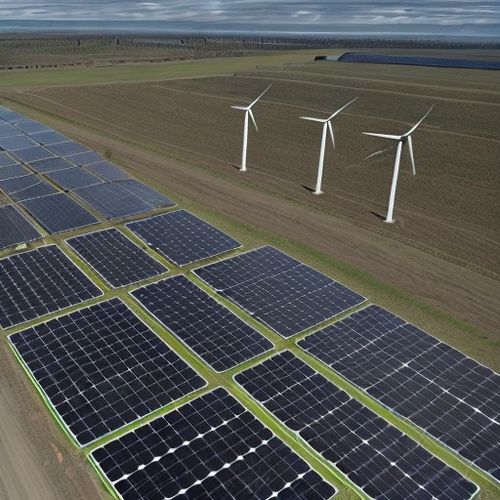
By Megan Clark/Apr 19, 2025

By Thomas Roberts/Apr 19, 2025
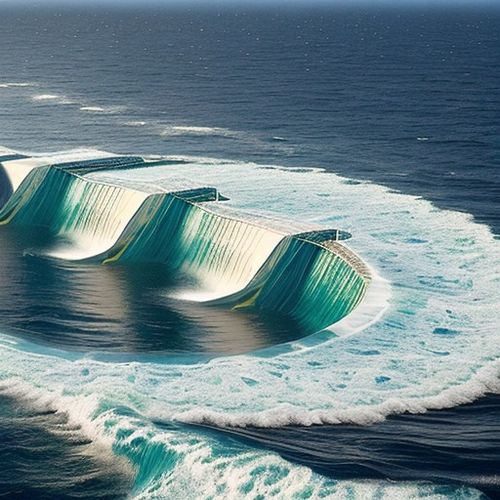
By Thomas Roberts/Apr 19, 2025

By Emily Johnson/Apr 19, 2025

By Samuel Cooper/Apr 19, 2025

By Samuel Cooper/Apr 19, 2025

By George Bailey/Apr 19, 2025

By Joshua Howard/Apr 19, 2025

By William Miller/Apr 19, 2025

By Emily Johnson/Apr 19, 2025

By William Miller/Apr 19, 2025
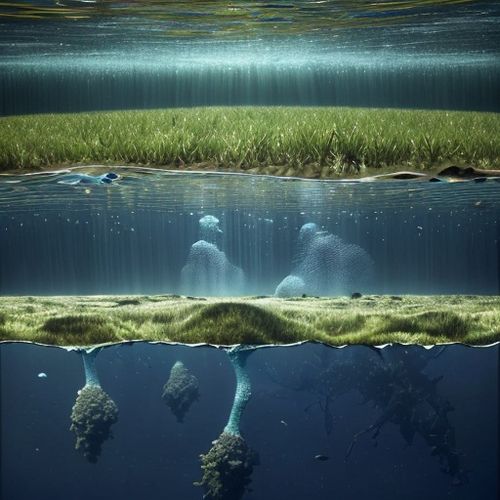
By James Moore/Apr 19, 2025
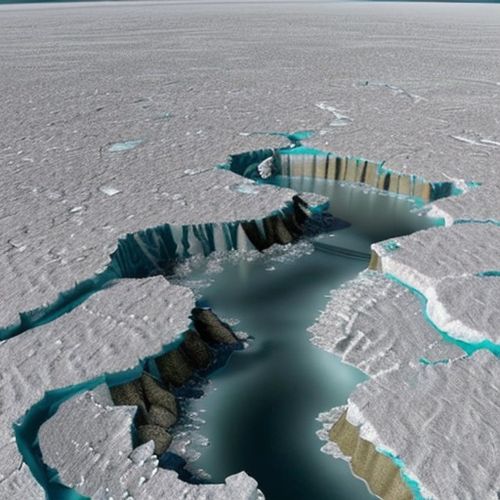
By Joshua Howard/Apr 19, 2025
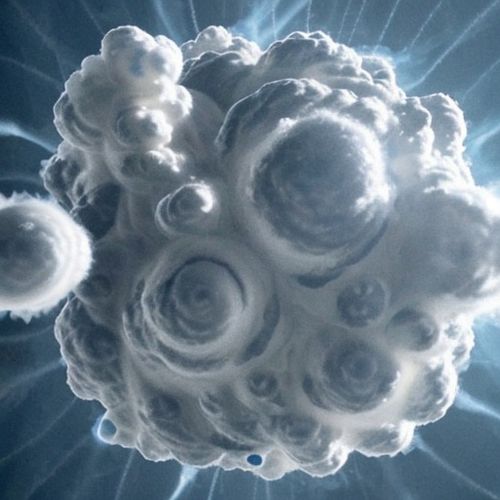
By William Miller/Apr 19, 2025
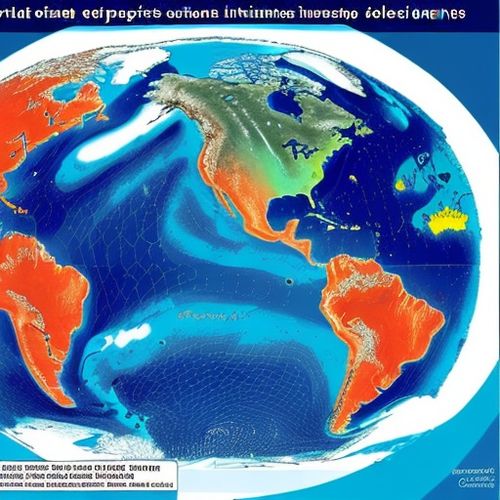
By James Moore/Apr 19, 2025

By Elizabeth Taylor/Apr 19, 2025
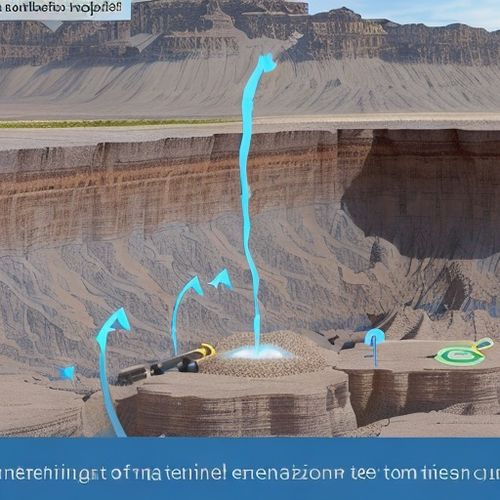
By Grace Cox/Apr 19, 2025
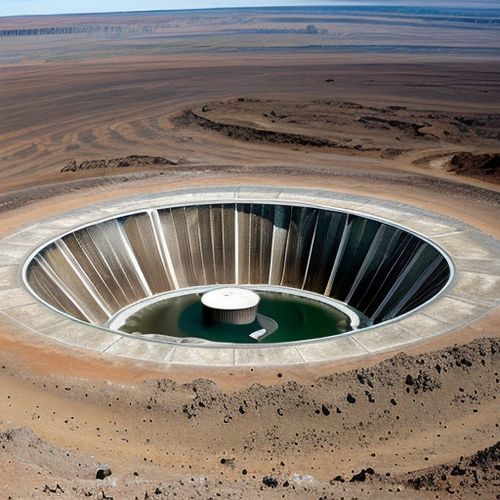
By Grace Cox/Apr 19, 2025
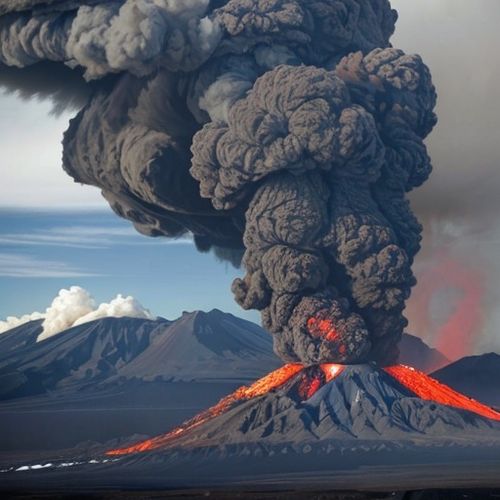
By Joshua Howard/Apr 19, 2025

By David Anderson/Apr 19, 2025